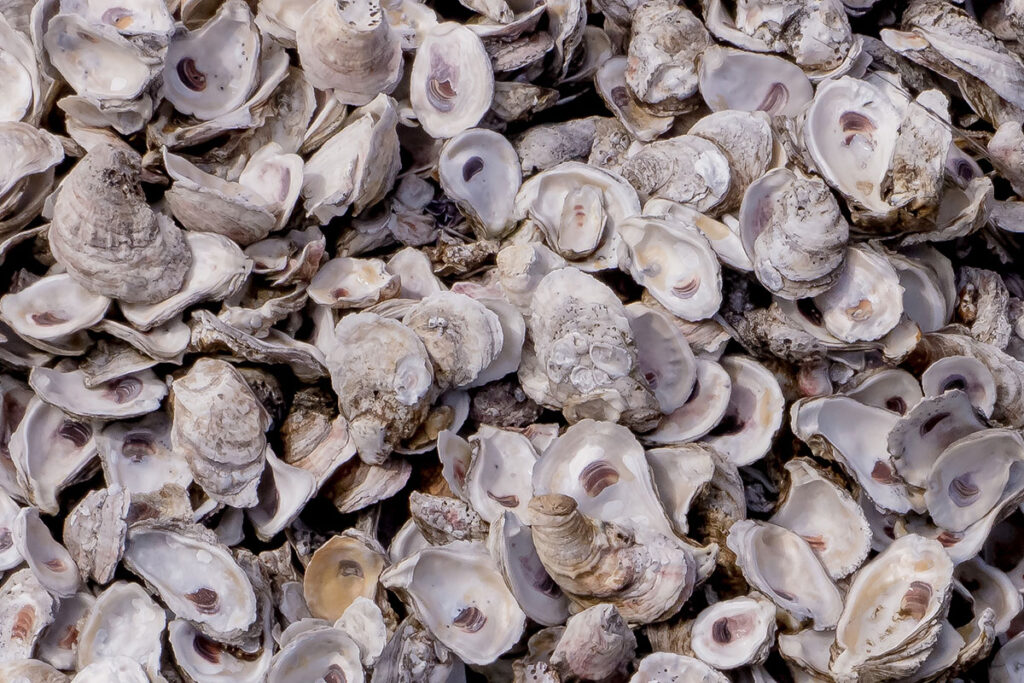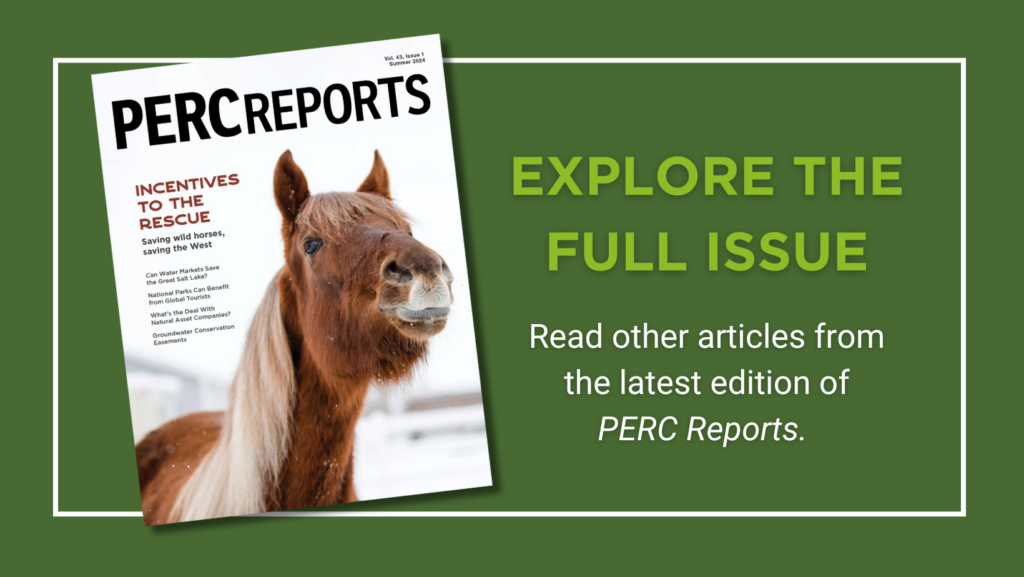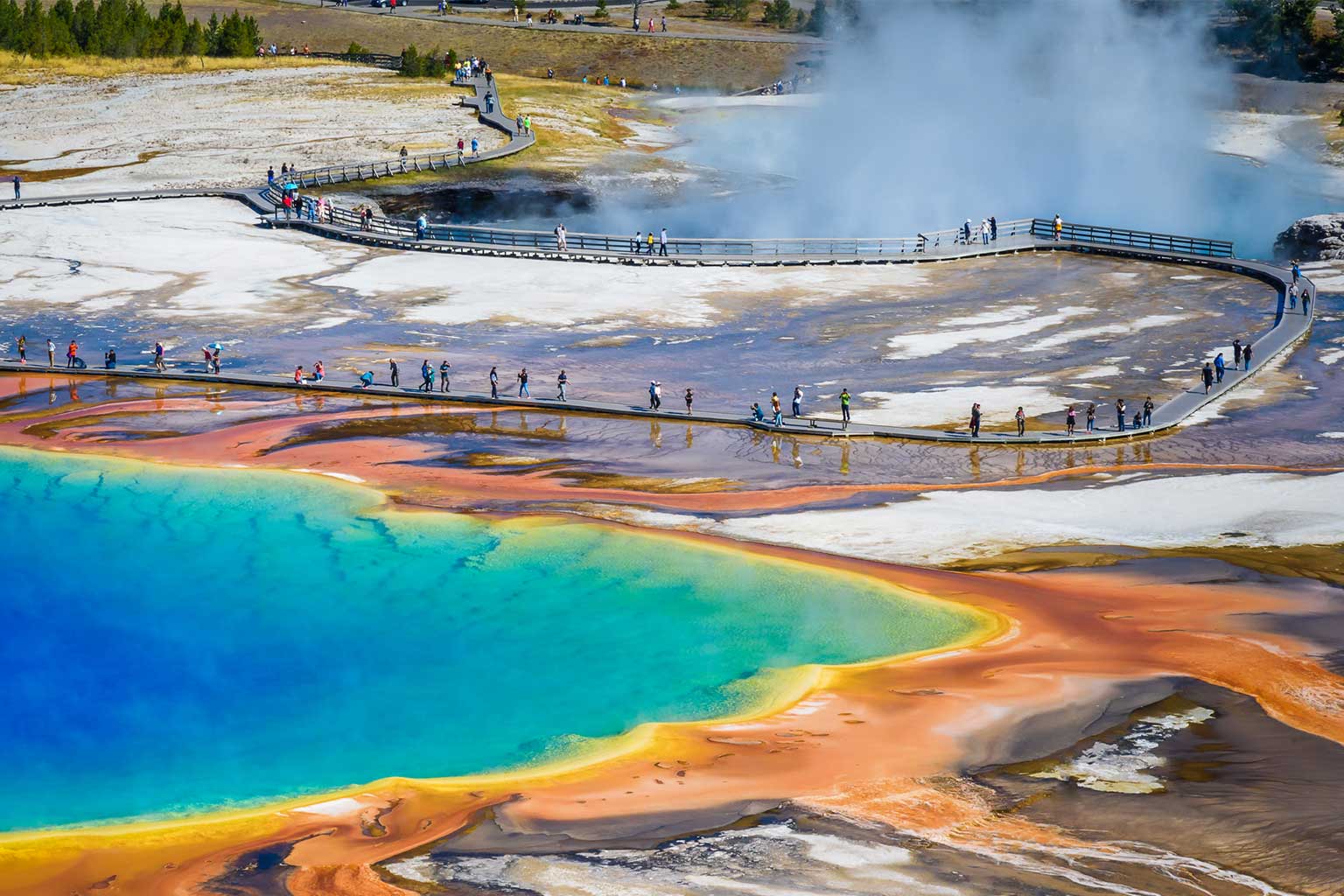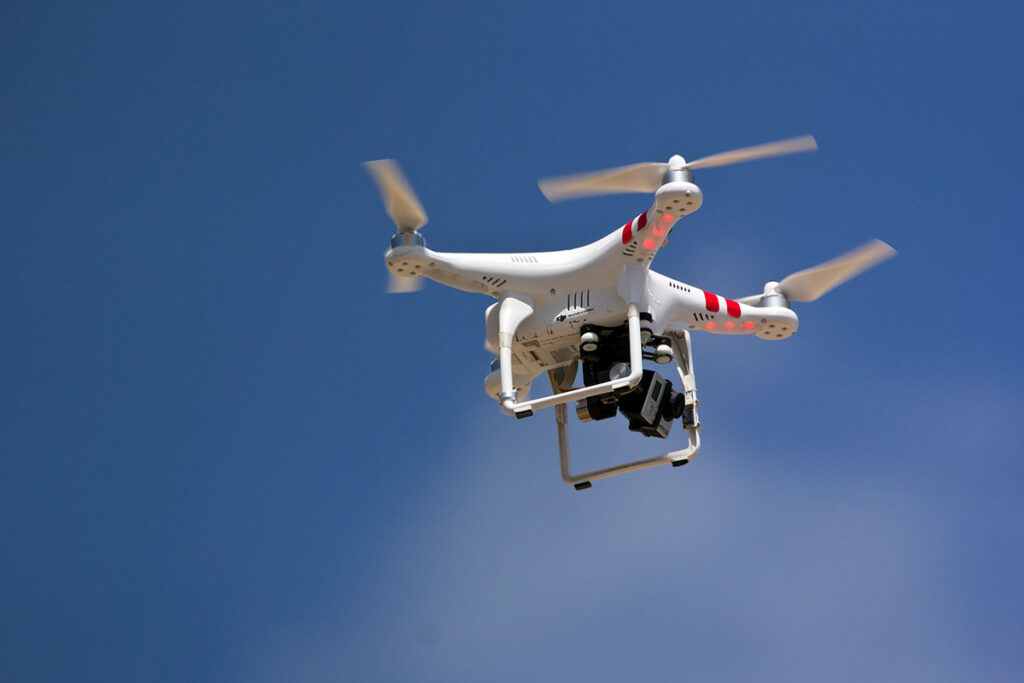
Modern scarecrows in the skies
Wildlife biologists in Oregon are floating a new approach to reduce conflict between predatory wildlife and livestock: aerial drones. The idea is to deploy skybots, armed with cameras and speakers, to scare away predators like wolves and mountain lions from helpless grazing cows. Researchers envision a future where smart drones with thermal sensors and artificial intelligence software automatically identify large predators and notify ranchers of a potential conflict. Early tests show promise with recorded voices scaring away predators. In some trials, however, wolves have responded to the buzzy flyers with indifference. Time will tell if this idea takes flight.
It’s the lease they can do
Montana is implementing a 3,000-acre black-tailed prairie dog conservation lease, the first of its kind in the state. The 10-year lease aims to conserve prairie dog habitat on a portion of a privately owned ranch. The initiative, approved by Montana Fish, Wildlife, and Parks, would protect native grasslands prairie dogs depend on while allowing continued livestock grazing. Historically seen as pests, prairie dogs are now recognized as essential to the ecosystem, supporting species like the burrowing owl, swift fox, and black-footed ferret. A 200-meter buffer zone allowing for colony expansion is included within the lease, a sign of optimism for the project’s future.
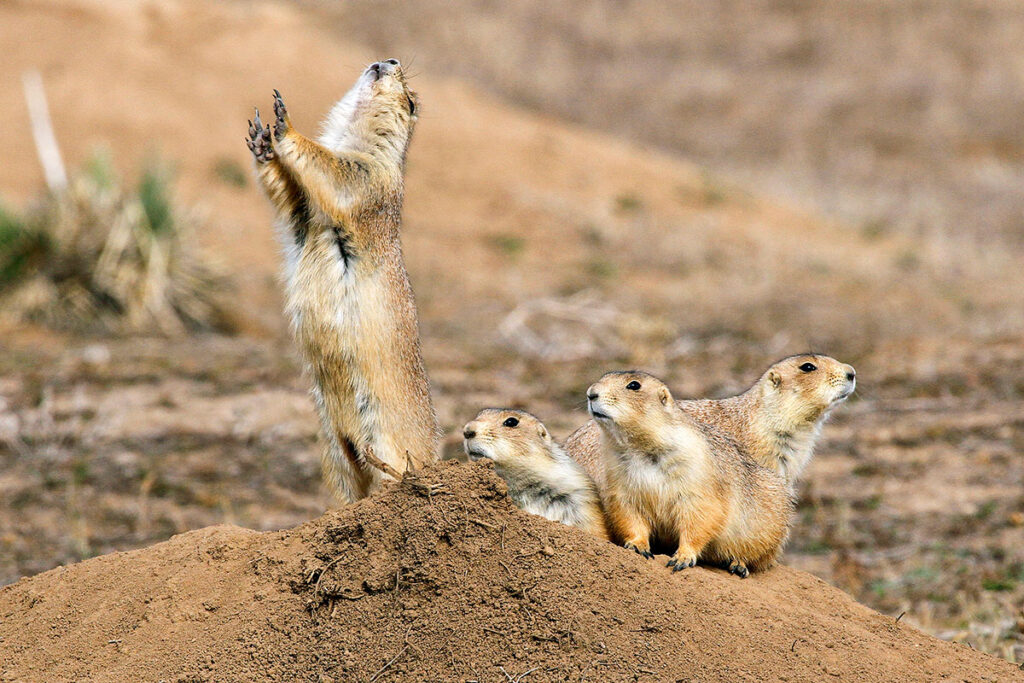
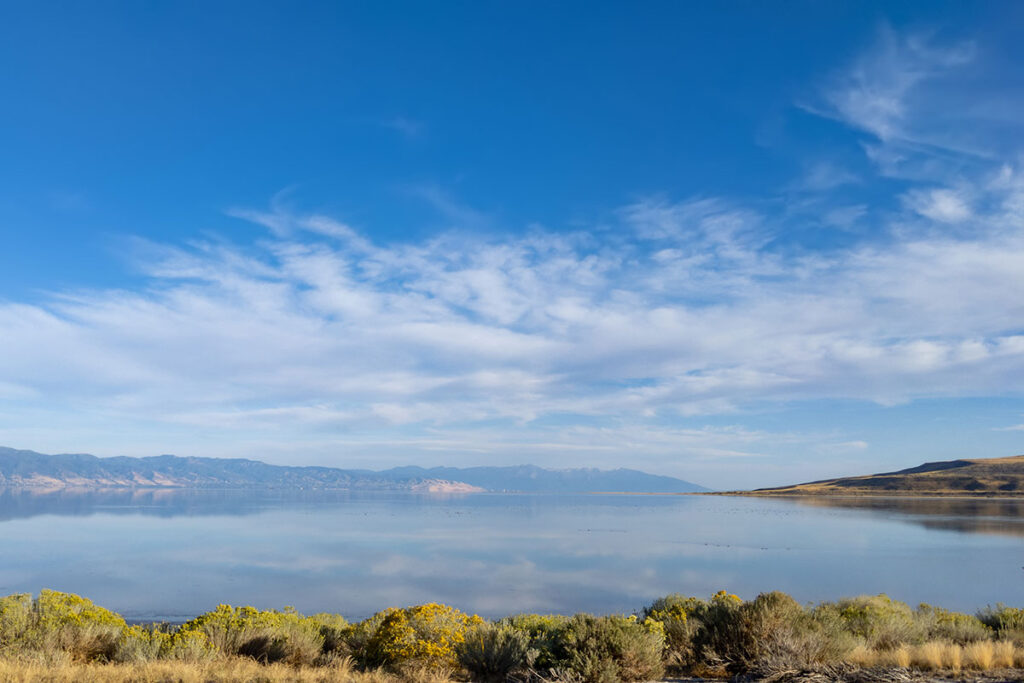
Partnering to save the Great Lake
As ongoing drought continues to devastate the Great Salt Lake, PERC and the State of Utah have entered into a memorandum of understanding to address declining lake levels. PERC is helping to develop a comprehensive model that identifies the best opportunities for water conservation. The model will help facilitate voluntary water leasing, a more efficient and cooperative solution than heavy-handed mandates or forced reductions. PERC’s efforts will make it easier for state officials, farmers, and conservationists to work together to identify voluntary leasing opportunities that would yield the best results to restore the lake.
Photo by Matthew Dillon
The great blackbird comeback
In California’s San Joaquin Valley, the endangered tricolored blackbird is seeing its numbers rebound following years of decline. Drawn to agricultural grain fields, thousands of birds have long been nesting on farms. Tragically, harvesting coincides with the peak of the nesting season, wiping out newly hatched chicks. Now, Audubon California is paying farmers to delay their harvests in the grain fields where the birds nest, allowing the blackbird chicks to fledge safely. This collaborative effort is paying off, with populations back on the rise, allowing the birds and farmers to flourish.
Photo by Becky Matsubara
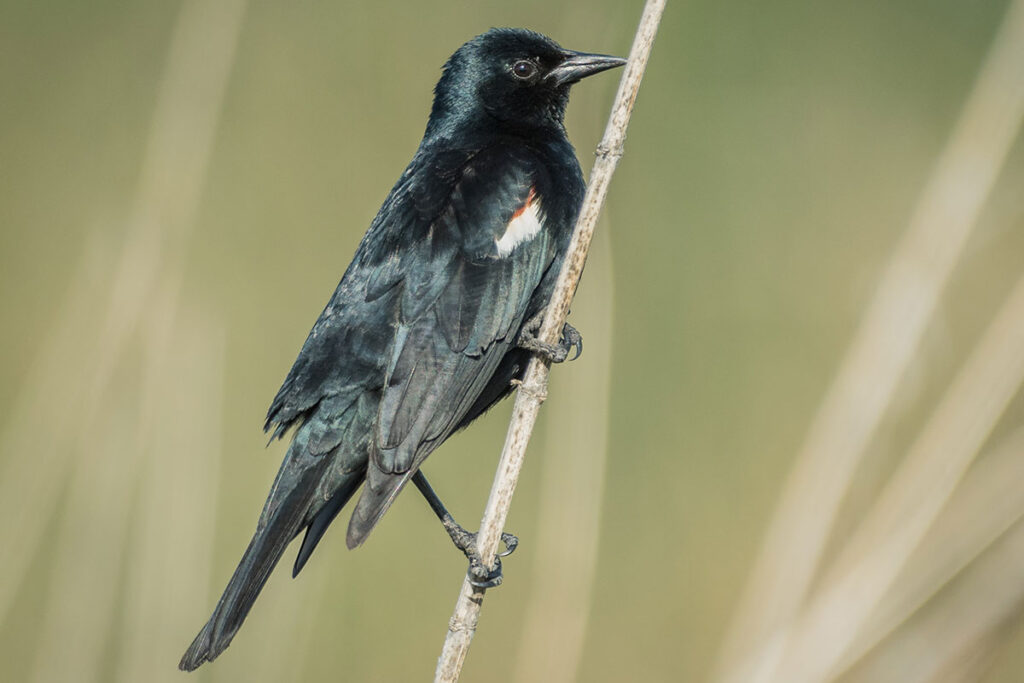
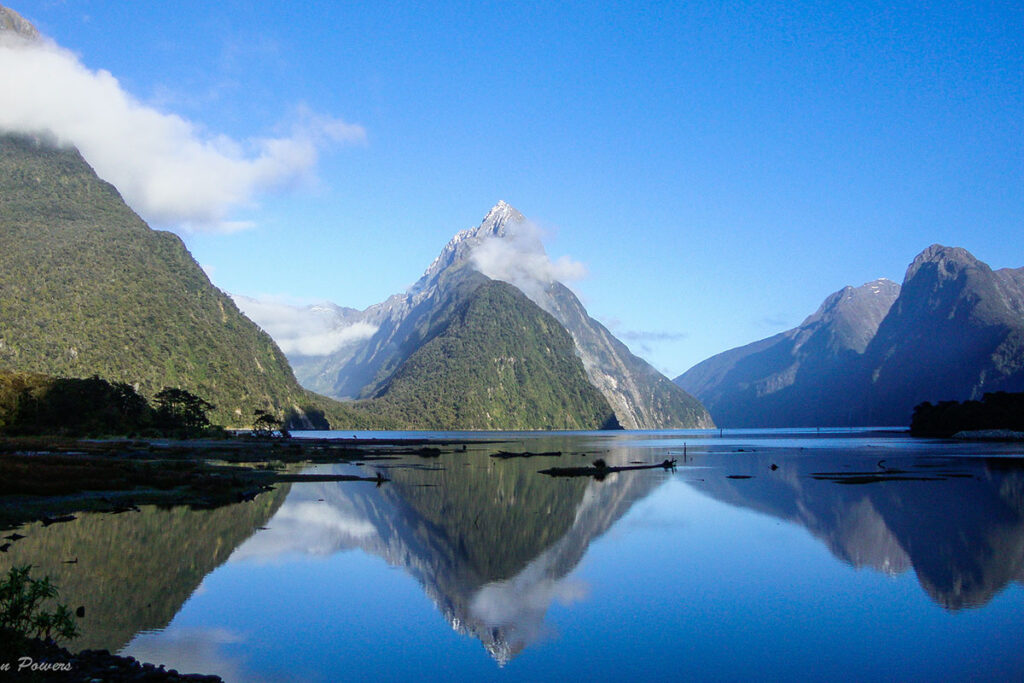
Charging for Middle Earth’s magic
New Zealand’s awe-inspiring natural beauty has made it a bucket list destination for millions of travelers. Now, the remote nation is considering charging foreign visitors to visit their national parks. With the Department of Conservation facing a budget shortfall, leaders are seeking alternatives to raising taxes. Asked for input, tourism operators support the idea of charging international visitors to access the country’s prized national parks—which are currently free for local and foreign visitors alike—reasoning that any fees would represent a small fraction of total trip expenses and not deter tourists. Officials are proposing that any foreign charges benefit local conservation as well as community initiatives and visitor infrastructure.
Reef relief in the Big Easy
Oysters are as quintessential to New Orleans as jazz and beignets. The mollusks are harvested by the millions and delivered fresh to restaurants, where their discarded shells typically end up with other food waste eventually sent to landfills. But not all of them have that fate. The nonprofit Coalition to Restore Coastal Louisiana collects used shells from restaurants and sends them back to the coast, where they become building blocks for reef restoration. The shells provide a sturdy platform for baby oysters to grow, piling up to form thick coastal reefs for other sea life and stabilizing the shoreline from intense storms. The oyster shell recycling program has diverted 14 million pounds of shells back to the coast over the past decade, with 30 restaurants contributing.
